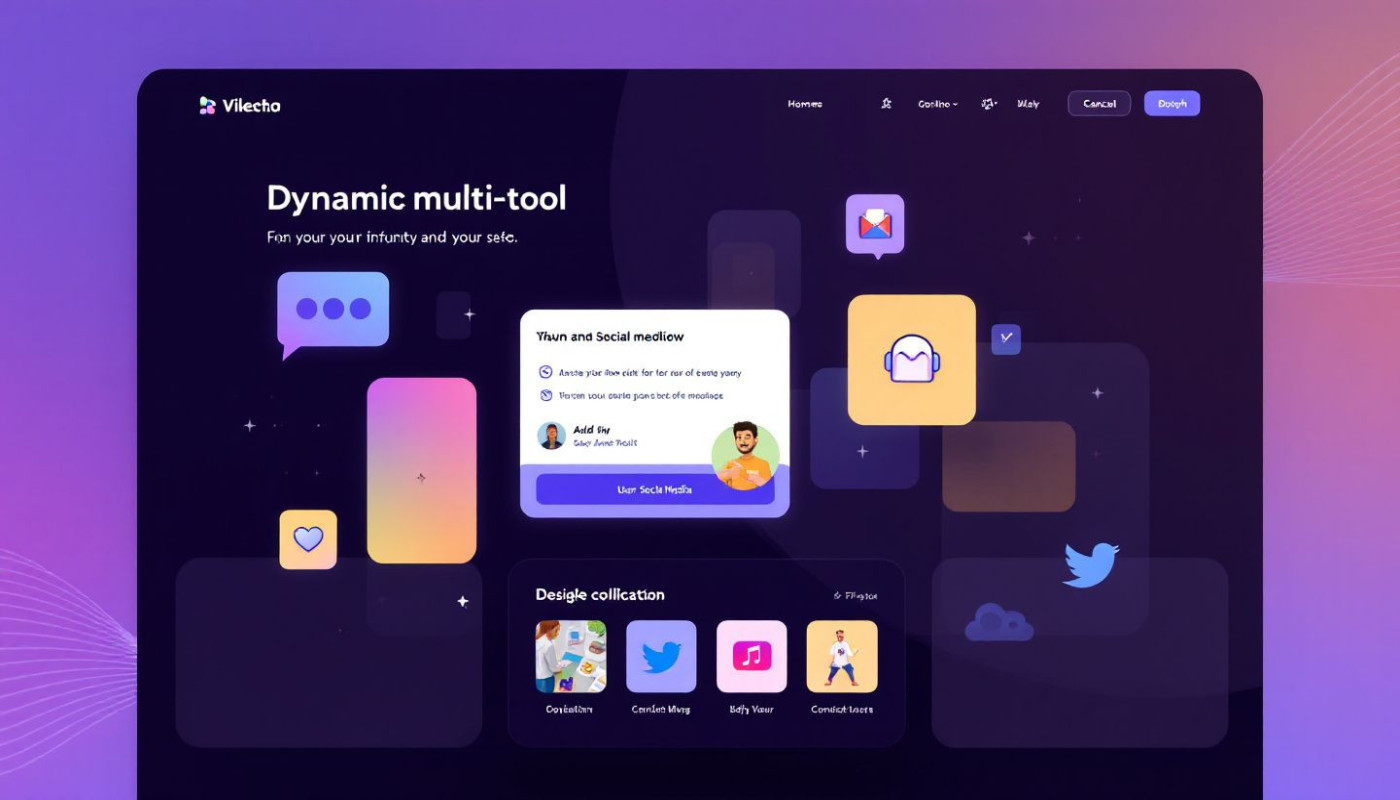Table of contents
In an age where the digital transformation of workplaces is not just inevitable but ongoing, the adoption of advanced platforms for enhancing communication has surged to the forefront of organizational priorities. The seamless integration of these tools into daily operations can significantly escalate the efficiency of workplace communication, fostering an environment of heightened productivity and collaboration. As businesses navigate through the complexities of the digital era, the impact of such platforms becomes ever more pronounced. This piece aims to dissect the intricacies of this impact and how it revolutionizes the way teams interact, share information, and achieve goals. The reader is invited to delve into the nuanced world of advanced adoption platforms and their pivotal role in redefining workplace communication. The ensuing exploration promises to shed light on the transformative potential these platforms hold and how they might serve as the linchpin in crafting a more dynamic and effective workplace.
The Evolution of Workplace Communication
The advent of advanced adoption platforms has notably transformed the landscape of workplace communication. Where meetings once required all parties to be present at the same time, the rise of asynchronous communication allows for collaboration that is not bound by simultaneous schedules. These digital transformation efforts are replacing traditional face-to-face interactions and phone calls with sophisticated collaboration tools that enhance the information flow between colleagues. Communication platforms have become the backbone of organizational operations, enabling teams to share ideas, files, and feedback instantly and from anywhere in the world. This shift not only supports a more dynamic and flexible workforce but also accelerates the decision-making processes within businesses. A communications officer or an IT director might observe that this seamless exchange of information and the integration of these platforms into daily work routines are indicative of a broader digital transformation that is redefining the norms of corporate efficiency and connectivity. Try this new wave of technology to experience how it can streamline your company's communication channels and project management tasks.
Enhancing Team Collaboration
In the realm of modern business, fostering effective team collaboration stands as a pivotal factor in achieving streamlined operations and heightened productivity. Advanced adoption platforms play an instrumental role in this dynamic, particularly by enhancing project management capabilities. These platforms provide tools that allow team members to plan, execute, and monitor projects in real-time, ensuring everyone is on the same page and reducing the likelihood of project delays or budget overruns. Furthermore, shared workspaces offered by such platforms are redefining how teams interact and collaborate. By centralizing communication, documents, and tasks, these shared environments break down organizational silos, facilitating a more cohesive and unified approach to work. This integration is especially beneficial for cross-functional teams, which often comprise members from various departments with differing specializations. Through the use of advanced adoption platforms, these diverse groups are able to work together more effectively, each contributing their unique expertise to the project at hand, thereby enhancing overall efficiency. A project manager or department head, with their breadth of experience in handling complex projects across multiple teams, would attest to the significant impact these tools have on driving successful outcomes and fostering a culture of collaboration.
Streamlining Decision-Making Processes
Advanced communication platforms have revolutionized the way decisions are made within the contemporary workplace. By harnessing the power of real-time data and analytics, these tools have significantly increased communication efficiency, enabling a data-driven approach to decision-making. When team members have access to up-to-the-minute information, they are better equipped to make informed decisions quickly. This immediacy reduces the lag between discussion, analysis, and action, which is often a bottleneck in traditional decision-making frameworks.
With analytics at their fingertips, managers and team leaders can monitor key performance indicators (KPIs) and other vital metrics, allowing them to identify trends and issues as they emerge. This proactive approach to management ensures that decisions are not only reactive but also predictive, anticipating challenges and capitalizing on opportunities in a timely fashion. In this environment, a data analyst or a high-level executive involved in strategic planning would attest to the transformational impact these tools have on an organization's agility and competitive edge. By fostering an ecosystem where informed decisions are made swiftly, businesses can navigate the complexities of the modern market with precision and confidence.
Overcoming Communication Barriers
In today's interconnected world, advanced adoption platforms play a pivotal role in breaking down the longstanding communication barriers of geographical distance and time zones. These innovative systems facilitate seamless interaction amongst team members, regardless of their location, marking a significant leap in the realm of remote work. For global teams, this advancement is not just beneficial; it is indispensable for synchronizing tasks and ensuring that collaborative efforts flow smoothly.
The notion of synchronous communication is central to the value provided by these platforms, as it allows for real-time exchange of information, mimicking the dynamics of an in-office environment. This immediacy helps in fostering a sense of unity and promotes efficient decision-making within dispersed teams. As the world increasingly embraces remote work, the insights from a human resources director or a leader managing a remote workforce can attest to the profound influence that these platforms have on productivity and team cohesion. By harnessing the power to transcend physical barriers, companies are better equipped to harness the full potential of their global talent pool.
Measuring the Impact on Productivity
Assessing the efficacy of advanced adoption platforms in enhancing workplace communication can be quantified through observable productivity gains. To gauge these improvements, organizations often turn to a variety of performance metrics and productivity tools. Key Performance Indicators (KPIs) play a fundamental role in this impact assessment process, as they provide quantifiable data that can be analyzed over time to determine the effectiveness of communication strategies and technologies.
For instance, a chief operations officer might monitor metrics such as the average time to complete tasks before and after the implementation of a new communication platform. By tracking these changes, the correlation between communication efficiency and overall productivity becomes clear. Additionally, surveying employees about their satisfaction with communication tools can offer insights into how these platforms affect day-to-day operations. Further indicators might include the number of errors or issues reported, the speed of information dissemination within the company, or even customer satisfaction rates when client-facing employees are able to respond more promptly and accurately due to better internal communication.
Ultimately, through rigorous analysis of these KPIs and leveraging state-of-the-art productivity tools, organizations can make informed decisions about which platforms foster the optimal environment for efficiency and growth. By prioritizing communication efficiency, businesses position themselves to reap substantial gains in productivity, aligning their workforce towards greater achievement and innovation.






